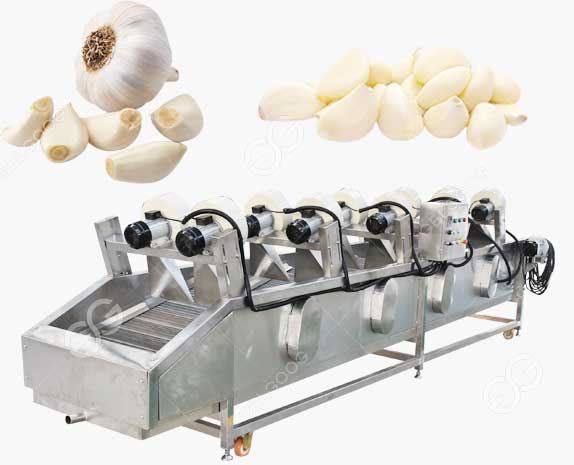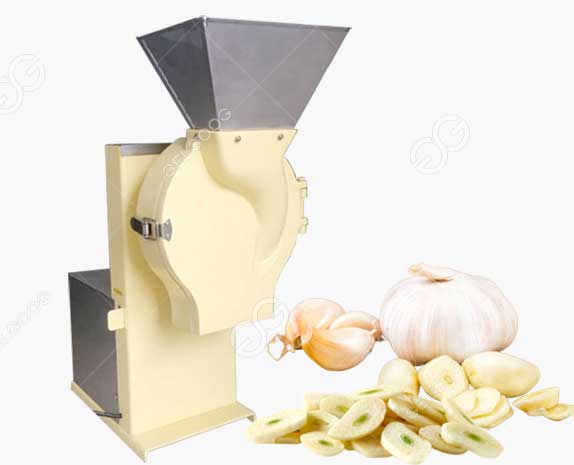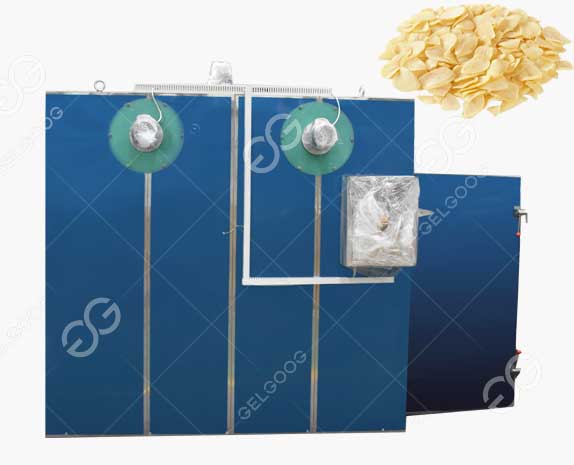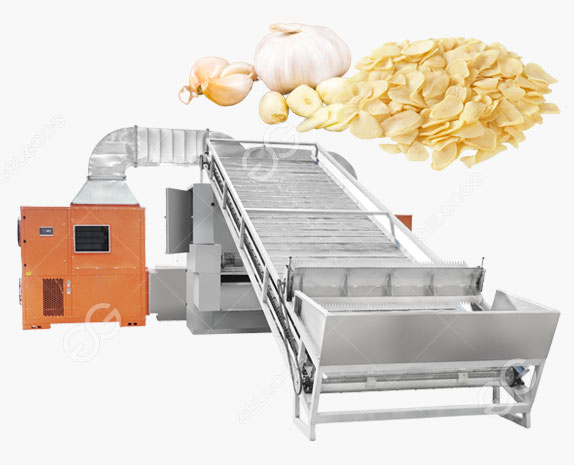Garlic, with its pungent aroma and unique flavor, is a staple ingredient in cuisines worldwide. However, peeling garlic cloves can be a tedious and time-consuming task, often leaving one's fingers smelling like garlic for hours. Luckily, technology comes to the rescue with the invention of garlic peeling machines. But have you ever wondered how these machines work their magic? Let's delve into the fascinating mechanics behind the scenes.
The Garlic Peeling Process:
Before we dive into the machine's workings, let's understand the process of peeling garlic manually. Garlic cloves have a thin, papery skin that adheres tightly to the flesh, making them challenging to peel. Traditional methods involve crushing the cloves slightly to loosen the skin and then peeling them off by hand, a task that can be time-consuming and messy.
Mechanism of a Garlic Peeling Machine:
Garlic peeling machines automate this labor-intensive process, employing a combination of mechanical and pneumatic mechanisms. These machines are designed to peel multiple cloves efficiently and rapidly, saving both time and effort in commercial kitchens and food processing facilities.
Pneumatic Pressure:
Central to the operation of a garlic peeling machine is the application of pneumatic pressure. The machine utilizes compressed air to create a controlled environment where the garlic cloves undergo peeling without damage. The pressure generated by the compressed air plays a crucial role in separating the garlic cloves from their outer skins.
Abrasive Friction:
Inside the garlic peeling machine, there's typically a chamber with a rough surface. As the garlic cloves are introduced into this chamber, they come into contact with the abrasive surface. The combination of pneumatic pressure and the abrasive surface causes friction, effectively loosening the skin from the cloves.
Separation of Skin and Cloves:
Once the skin has been sufficiently loosened from the cloves, the machine employs various mechanisms to separate the two. Some machines utilize centrifugal force to propel the cloves against the chamber's walls, while others use airflow to blow away the loosened skins, leaving behind the peeled cloves.
Sorting and Collection:
After the peeling process is complete, the peeled garlic cloves are sorted and collected, ready for packaging or further processing. Some advanced garlic peeling machines incorporate sorting mechanisms to remove any remaining skin or debris, ensuring a high-quality end product.
Efficiency and Benefits:
Garlic peeling machines offer numerous benefits to commercial food processing operations. They significantly reduce labor costs and increase efficiency by automating a labor-intensive task. Moreover, these machines ensure consistency in peel quality, resulting in uniform and aesthetically pleasing garlic cloves.
Conclusion:
In the realm of food processing, garlic peeling machines exemplify the marriage of technology and culinary innovation. By harnessing the power of pneumatic pressure and abrasive friction, these machines streamline the peeling process, transforming a once tedious chore into a seamless operation. Whether in bustling restaurant kitchens or large-scale food manufacturing facilities, garlic peeling machines continue to play a vital role in enhancing efficiency and productivity.




